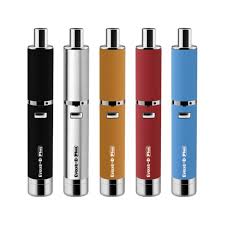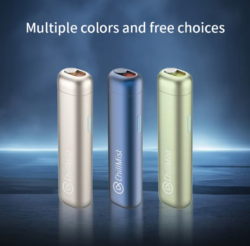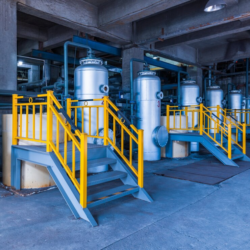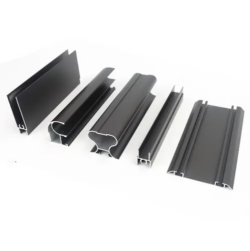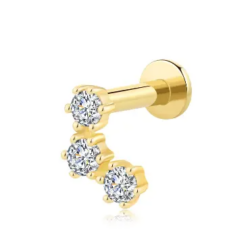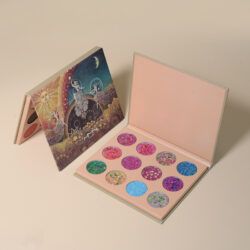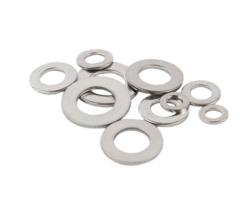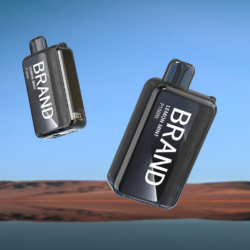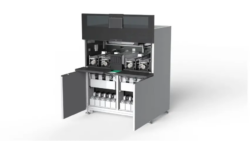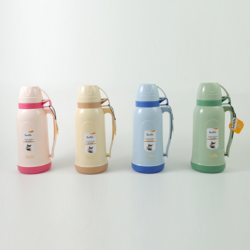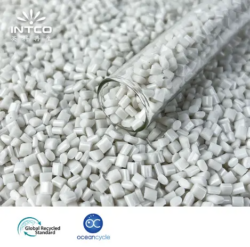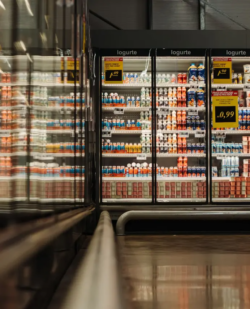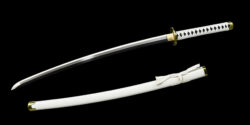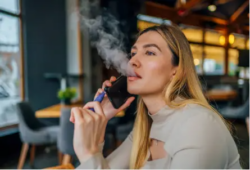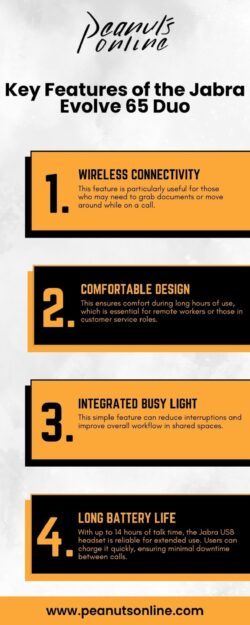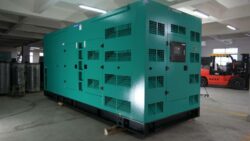Vaping v/s Smoking: Which Is Better For Your Health
There’s void evidence that inhaling propylene glycol and vegetable glycerine in their vapor forms is by any means injurious to health. These make the foundation and almost the entire quantity of all “e-liquid.” Both of these products have been adopted in different consumer products for a long time, including some house humidifiers, and have never been implicated in any sort of illness.
Unlike tobacco smoke, which covers the bronchial ways with a tarry residue and contains several carcinogenic chemicals that are consumed by the organs, the vapor produced by PG and VG leaves no lung residue and contains no carcinogens. Buy vape from an online vaporizer store.
But there are/have been a few issues:
● The liquids used to add flavor to the liquids, many of which are also used as a flavoring in a variety of commercial food products, may contain an organic compound called diacetyl, which is currently suspected of being harmful when inhaled in concentrated quantities over a long period. It was implicated in a chronic lung condition suffered by workers in a factory where diacetyl was used to flavor popcorn in mass production.
● While there are no conclusive findings, e-liquid and flavoring manufacturers voluntarily removed diacetyl from their products as soon as this possibility came to light.
● Flavorings do leave a small amount of residue in the lungs, but they’re water-soluble, contain no toxic ingredients, are absorbed within minutes, and are simply eliminated as minute contributions to bodily waste.
● Nicotine, far and away from the main concern of the anti-vaping lobby, isn’t necessarily present in e-liquid at all. It’s preferred by smokers trying to quit; it’s there at their request at levels of concentration that are typically well below those found in cigarettes. All commercial e-liquids are available with zero nicotine content.
● While it’s known to be addictive and to briefly increase heart rate, nicotine is non-carcinogenic, colorless, odorless, and its toxicity is about on par with that of caffeine (which also quickens the pulse, and is also addictive). Like alcohol, both are enjoyable in moderate quantities and toxic in large quantities; they’re harmful to children and should be kept out of their reach. (Regrettably, caffeine is present in nearly all commercial soft drinks and “energy drinks.” It’s also present in chocolate, as a natural ingredient of the cocoa bean.)
● The rechargeable batteries used to quickly heat e-liquid to its evaporating point (which is far lower than that of water) are considerably stronger than your standard AA or AAA battery. They’re perfectly safe in a well-built product, but in substandard products used with the wrong recharger, they’ve been known to explode and cause serious burn injuries.
This is a case of consumer beware. There’s a lot of low quality and affordable stuff out there, and inadequate government-enforced quality control; research before you buy, and be willing to spend more for quality. You’ll still come out way ahead of what you’d spend on cigarettes.
It’s nearly harmless compared to smoking. The doctors have done lots of research on the subject and they said, “There’s nothing in them.” The juice usually contains PG (propylene glycol), VG (vegetable glycerin), artificial or natural flavorings, and nicotine.
Two recent studies, by Canada and the UK, found that vaping is 95% safer than smoking cigarettes. It isn’t the nicotine that is deadly, it is the carcinogens produced from burning the cigarette. The paper, tobacco, and its 7k added chemicals.
Take Cannabis, for example, eating it is the safest, then vaping, then smoking. However, even smoking it, isn’t nearly as bad as smoking a cigarette. Why? Because cigarettes have 7k added dangerous chemicals. These chemicals aren’t added to vape juice or Cannabis.
Vapor juice has only a few chemicals in them. While these are deemed safe by the FDA, the result of vaping them over a long time is unknown.
The first two scary-sounding chemicals have been approved for ingestion and inhalation for years. The flavorings are a bit of a wild card. The mixer uses these as he/she sees fit to get the flavor he/she is looking for. About all of the flavorings are approved for ingestion, but some have recently been found to be carcinogenic if inhaled.
Most reputable mixers have pulled those chemicals from their mixes. The last chemical, nicotine, is a known carcinogen. Recent studies have shown it might not be as harmful or as addictive as thought before because most of the earlier studies were on tobacco and not on nicotine extract by itself. Tobacco is a hungry plant and leeches many chemicals from the soil. These chemicals aren’t going to be present in nicotine extract. Many chemicals associated with smoking are introduced by combustion. There is no combustion or incineration involved with vaping. The liquid is heated to the point of making steam or vapor.
There have been plenty of unbiased studies done on vaping that show similar results to what has been mentioned above. There have been many that have shown harmful results. Many of the studies out there have shown bias or ignorance of the products they are testing. The one that comes to mind involved heating the liquid to the point of incineration and testing the chemicals released.
Nothing is incinerated while vaping. It would be completely unpalatable. Another was testing flavors straight and at other levels that were just insanely high. The flavorings make up an extremely low percentage of the liquid, so you are not testing real-world examples.
Moreover, you can mix your unflavored juice with only PG and nicotine. You will then realize there will be contradictory answers to your question because this is a hotly debated topic, so you should research some of it yourself with an open and logical mind.
